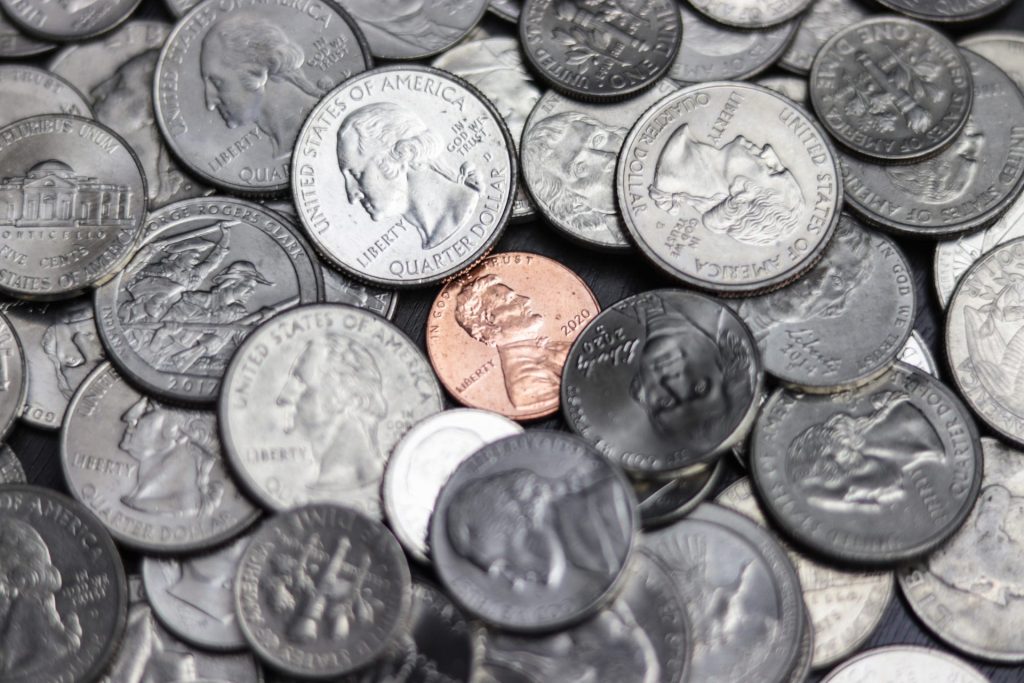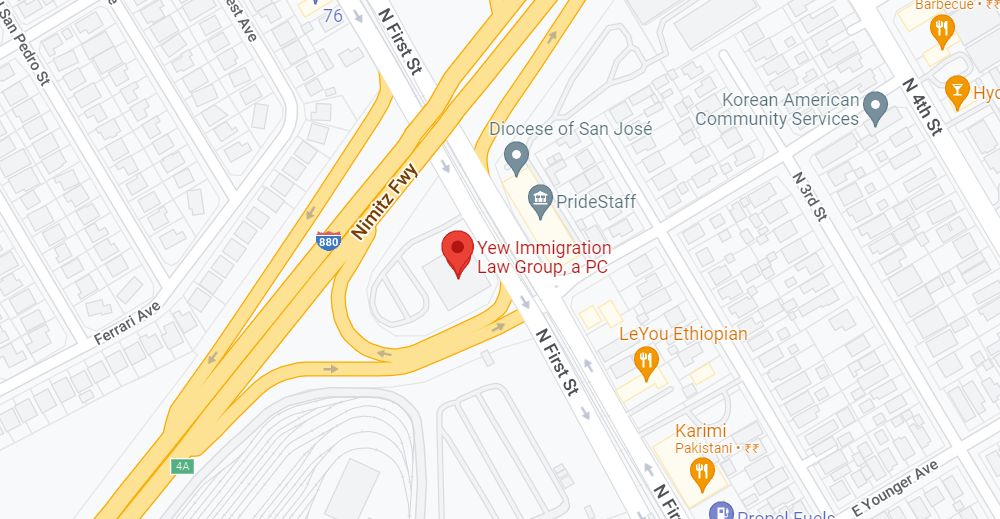If you have a FY 2023 job offer (which starts on October 1, 2022) in a field that requires a bachelor’s degree or higher (or its equivalent) in a specialty occupation, you may be interested in an H-1B visa. These visas are also available to people who will be working in cooperative research and development projects with the U.S. Department of Defense, and also to some fashion models.
A “specialty occupation” is one that requires the theoretical and practical application of a body of highly specialized knowledge and one which generally requires a bachelor’s degree or higher in the specialty.
The H-1B visa is a nonimmigrant visa, meaning that it is temporary status and not a green card. The visa allows a maximum of 6 years of employment. Each approval period is for up to three years. Spouses and minor/unmarried children are eligible for the dependent H-4 visa status.
There are only 65,000 H-1B visas available for each fiscal year, with an additional 20,000 available to those with a master’s degree or higher from a U.S. university. Some jobs are cap-exempt, meaning they are not subject to the annual visa cap (e.g., some higher education or government research jobs).
Because there have been more petitions for a H-1B visas than there are available visas each year, due to the annual cap, USCIS has been conducting a lottery to select the employers who can move forward with an H-1B visa petition.
This year’s H-1B visa registration period for the lottery begins at noon Eastern time on March 1 and goes through noon Eastern time on March 18th.
The application process starts with an employer sponsor
Getting an H-1B visa requires a job offer for the upcoming year from an employer who is willing to sponsor you. Except in the case of the Defense Department, that sponsorship requires your prospective employer to file a Labor Condition Application (LCA), which is basically a promise that you will be given fair wages and working conditions.
Once the LCA is approved, the next step is for your employer to file Form I-129, Petition for a Nonimmigrant Worker.
Once Form I-129 has been approved, the next step is to apply to the nearest embassy or consulate for your H-1B visa. (If you were approved while in the U.S., this consular process step is usually skipped as your employer would have requested a change of status in the U.S.)
If your employer has made a job offer to you for the FY 2023, contact Yew Immigration Law Group so we can discuss the next steps to prepare for the H-1B visa lottery.










